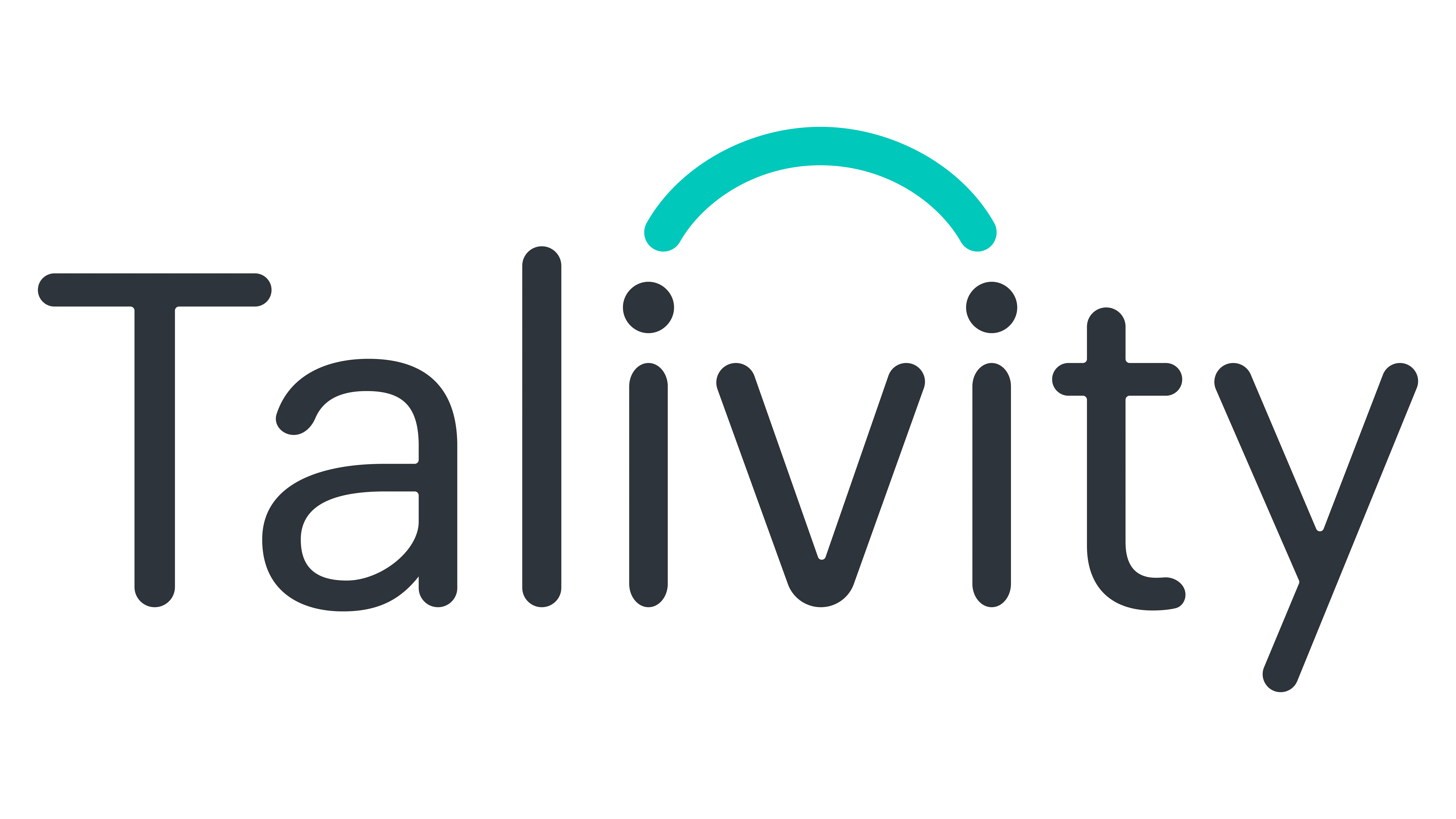Find the right solution for your business.
Explore SolutionsTo get content delivered directly to your inbox, subscribe to our newsletter here. It’s free!
Over half of CEOs expect to face increased challenges in their leadership roles over the year, according to recent findings from Chief and Wakefield Research. This increase in leadership challenges is attributed to several factors impacting the business environment. These include shifts in worker expectations, advancements in technology—especially artificial intelligence—and cybersecurity concerns.
Additionally, issues like talent retention and maintaining productivity amidst potential layoffs are pressing concerns that further complicate the landscape for leaders.
This article will explore these challenges in detail, offering insights into why leading a company in 2024 requires navigating a more complex set of demands than ever before.
Key Challenges Facing Leaders in 2024
The Chief and Wakefield Research survey revealed several challenges that CEOs expect or continue to face in 2024. Some of the highlights include:
- 54% of CEOs anticipate that leadership will be more challenging in 2024
- One in three executives identify changing worker expectations as a top leadership challenge
- Nearly one in three leaders see identifying and training the right talent as a top challenge
- 30% of executives view keeping up with technological advancements as a top organizational challenge
- 52% of leaders plan to increase their efforts in AI this year
- More than 40% of executives cite navigating changes quickly as a top leadership capability needed in 2024
- Nearly three in five executives prioritize taking decisive action for desired results over demonstrating empathy and flexibility this year
- 96% of executives believe that an effective leader must support employees in both their professional and personal lives
Below are some of these top issues and strategies on how to overcome them. Each requires a thoughtful and strategic response, emphasizing the need for adaptability, proactive planning and empathetic leadership to steer their organizations through uncertain times.
Changing Worker Expectations
The COVID-19 pandemic has significantly transformed work environments and altered employee expectations. Many workers now seek greater flexibility, enhanced work-life balance and more meaningful engagement with their work. Leaders are challenged to adapt to a multigenerational workforce that has diverse needs and expectations from their employment. Adapting leadership styles and organizational policies to accommodate these changes is crucial for maintaining employee satisfaction and productivity.
Compassionate Leadership
The importance of empathetic leadership, especially during times of crisis, cannot be overstated. Leaders must actively listen to their employees, address their concerns with understanding and ensure their well-being is prioritized.
According to the survey, 60% of CEOs prioritize taking decisive action for desired results over demonstrating empathy and flexibility this year. However, the two are not mutually exclusive. You can still take swift action while remaining empathetic, even when the decision may not seem like it.
Harvard Business Publishing emphasizes the need for leaders to demonstrate compassion, which can include regular check-ins, mental health support programs and flexible work policies that consider individual circumstances. This approach helps maintain morale and promotes a supportive work environment.
Talent Retention
Retaining top talent has become increasingly challenging due to the dynamic nature of the job market and frequent organizational changes. Leaders must find effective ways to engage and retain their best employees, particularly when external opportunities may appear more attractive.
Developing a strong organizational culture, offering competitive benefits and providing clear career progression paths are key strategies to improve retention rates.
Effective Retention Strategies
To retain top talent, leaders must go beyond traditional financial incentives. According to McKinsey & Company, understanding the unique needs and motivations of employees is crucial.
Tailored retention strategies might involve career development opportunities, personalized rewards, and recognition programs that align with individual values and career goals. Such personalized approaches are more likely to keep employees engaged and committed to the organization
Keeping Up with AI
The rapid advancement of artificial intelligence presents both challenges and opportunities. While AI can streamline operations and offer new insights, it also requires businesses to keep up with the pace of technological change. Leaders must foster an environment of continuous learning and adaptation to ensure their teams can effectively use AI tools and remain competitive in their industries.
Leveraging AI for Competitive Advantage
Integrating artificial intelligence into business processes can significantly enhance decision-making and operational efficiency. Leaders should focus on upskilling their workforce to use AI tools effectively and explore ways AI can automate routine tasks, analyze data for insights and drive innovation. This not only improves productivity but also positions the company better in the competitive landscape.
Maintaining Productivity Amid Layoffs
Layoffs can significantly impact the morale and productivity of remaining employees, often leading to what is known as ‘survivor’s guilt’. Leaders must navigate these sensitive situations with clear communication and supportive measures. It is vital to reassure employees of their value to the organization and provide them with the resources they need to succeed in a potentially leaner environment.
Rebuilding Post-Layoff
After layoffs, rebuilding trust and morale is critical. Clear communication about the company’s vision and future direction, as well as transparent discussions about role changes and expectations, are vital. According to insights from the Insights Blog, it is important to demonstrate to remaining employees that they are valued and crucial to the company’s recovery and future success. This might include involving them in decision-making processes and offering support as they adjust to new roles or increased responsibilities
Cybersecurity Threats
As businesses increasingly rely on digital technologies, the threat of cyber attacks has grown. Organizations face various threats, including data breaches, ransomware attacks, and other forms of cybercrime that can jeopardize sensitive information and disrupt operations. Leaders need to prioritize the integration of robust cybersecurity measures to protect their assets and instill trust among consumers and partners.
Cybersecurity Initiatives
With the rise in cyber threats, it is essential for organizations to implement regular cybersecurity training, adopt advanced security technologies and promote a culture of cybersecurity awareness. This includes educating employees about common cyber threats and safe practices, investing in up-to-date security tools and establishing clear policies for data protection. These steps help safeguard sensitive information and enhance overall organizational resilience against cyber attacks.
Leaders must prioritize adaptability and foresight in their strategies to meet the evolving demands of their roles. By embracing these challenges with a proactive and empathetic approach, they can ensure their organizations not only survive but thrive in a complex business environment. This commitment to dynamic leadership will be key in navigating the uncertainties of the future, ensuring sustainability and success.
For more tools to help your recruitment marketing efforts, visit our marketplace now. Happy hiring!


